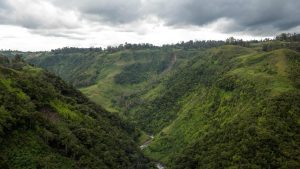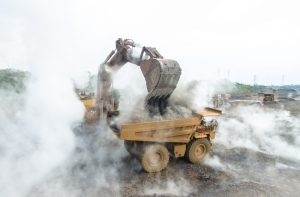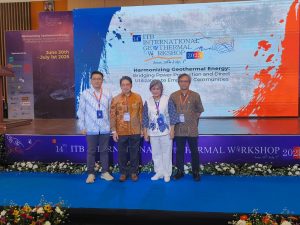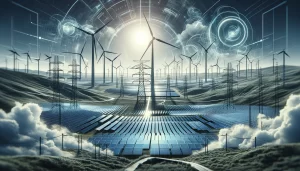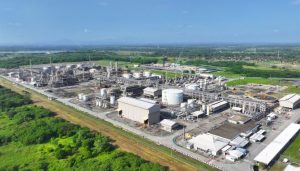Jakarta – The Prakarsa’s Sustainable Development Policy Research and Program Assistant, Ricko Nurmansyah, said that his research showed a negative impact of the nickel industry on financing an equitable energy transition. According to him, although the growth of Gross Regional Domestic Product (GRDP) in the mining and smelter sector rose, the decline in poverty and unemployment was disproportionate.
“The upstream nickel industry, namely mining and smelters in several places, has been found to hurt the environment and aspects of human rights (HAM), including decent work,” he said. In the online discussion titled “Measuring the Future of an Equitable Energy Transition in Nickel-Based Industrial Areas,” Nurmansyah presented the results of his research entitled “Questioning the Commitment of Banks in Financing an Equitable Energy Transition: A Case Study of Nickel Exploitation in Indonesia.”
Nurmansyah said, according to the Geological Agency, in 2020, Indonesia had the largest nickel reserves in the world, reaching 52 per cent or around 72 million tons of nickel.
In tracing the flow of financing, he emphasised the need to inform the impact of the financing on the bank. “Thus, the bank can improve its sustainable finance practices,” Nurmansyah said, adding that there is no information regarding the flow of financing to the upstream nickel industry by banks.
Highlighting the involvement of financial institutions in financing the nickel industry, Nurmansyah said the background begins with how nickel is one of the important minerals in renewable energy and is also included in the downstream road map in the Investment Coordinating Board (BKPM) itself.
In this research, The Prakarsa used literature studies, mass media content analysis, and tracing financial flows using the principle of “follow the money.” Although Nurmansyah acknowledged limitations in access to financial flows, he stated that the approach provided a fairly comprehensive picture of the financing of the nickel industry in Indonesia.
Regarding the position of Indonesian nickel as a raw material for electric vehicles, Nurmansyah said that despite efforts to produce nickel sulfate in Indonesia by 2023, most nickel exports are still in the form of basic materials for making stainless steel, especially to China. “The nickel needed for raw materials for electric vehicles today is nickel sulfate. And it turns out that nickel sulfate itself, we cannot produce until 2022,” he said. (Hartatik)


